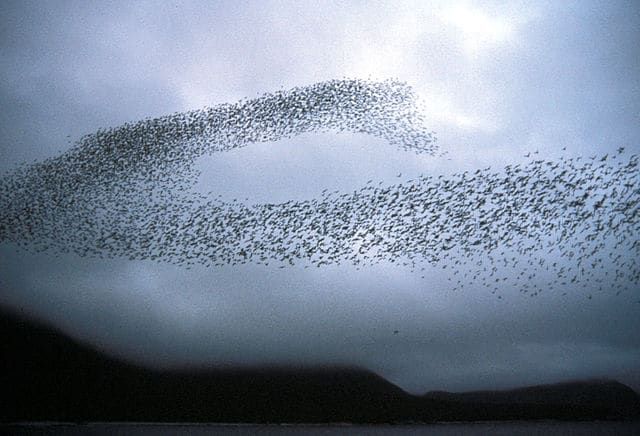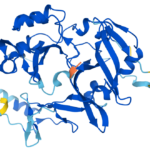How swarming will change warfare
By Paul Scharre | November 1, 2018
 Miltary swarms may behave on the battlefield as flocks of birds do in nature. During the test, the military released more than a hundred drones which worked together to complete missions,.
Miltary swarms may behave on the battlefield as flocks of birds do in nature. During the test, the military released more than a hundred drones which worked together to complete missions,.
With advances in artificial intelligence and machine autonomy, a profound transformation in warfare is underway. The convergence of these technologies is enabling drone swarms, made up of cooperative, autonomous robots that react to the battlefield as one. Much as they do in colonies of insects, flocks of birds, or packs of wolves, swarm members will work together to create a unified whole that is greater than the sum of the individuals. They will allow militaries to field forces that are larger in number, faster, and better coordinated – not to mention more expendable – than would be possible with humans alone. Robotic swarms will benefit some countries more than others, decoupling military power from personnel limitations. The most profound and long-lasting impact of swarms will be in the way they change command-and-control, that is, the way militaries organize and fight on the battlefield.
Together, we make the world safer.
The Bulletin elevates expert voices above the noise. But as an independent nonprofit organization, our operations depend on the support of readers like you. Help us continue to deliver quality journalism that holds leaders accountable. Your support of our work at any level is important. In return, we promise our coverage will be understandable, influential, vigilant, solution-oriented, and fair-minded. Together we can make a difference.















